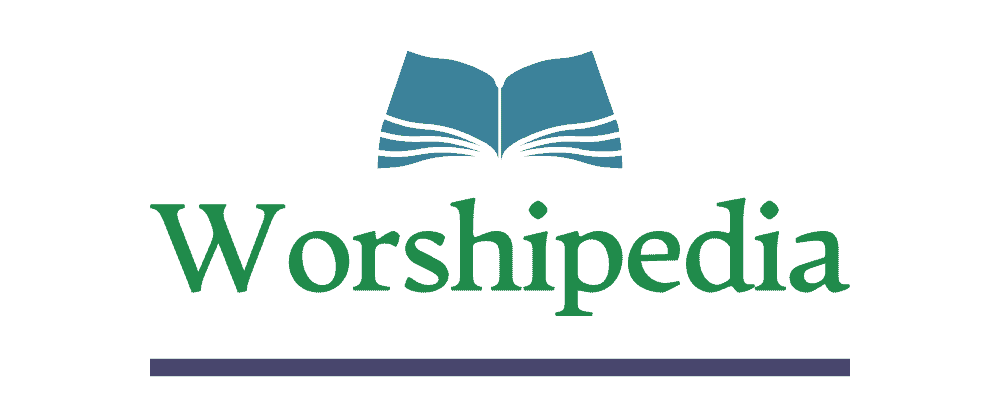American Congregational Song to 1950
The three hundred year span of time from 1640 to 1940 saw the development of great variety in congregational singing throughout America. Beginning with the Psalters of the first colonists, Americans contributed widely varying styles of songs and hymns, culminating with the popular and influential gospel song.
